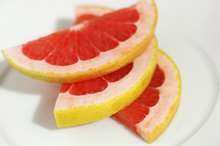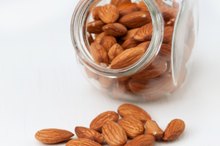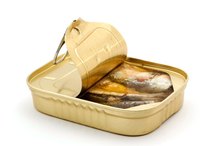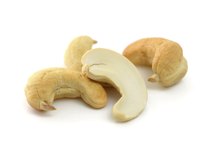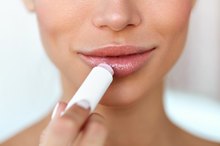What does fact checked mean?
At Healthfully, we strive to deliver objective content that is accurate and up-to-date. Our team periodically reviews articles in order to ensure content quality. The sources cited below consist of evidence from peer-reviewed journals, prominent medical organizations, academic associations, and government data.
- National Institutes of Health: Role of Vitamins in Skin Care
- National Institutes of Health: Role of Vitamins in Skin Care
- Harvard School of Medicine: The Nutrition Souce, Vitamin A
The information contained on this site is for informational purposes only, and should not be used as a substitute for the advice of a professional health care provider. Please check with the appropriate physician regarding health questions and concerns. Although we strive to deliver accurate and up-to-date information, no guarantee to that effect is made.
10 Best Foods to Prevent Acne & Dark Spots
The debate goes on in 2010: it seems that scientists and consumers continue to disagree that certain foods can prevent or cause acne and the brown spots that follow as scarring. Some leading scientific organizations in both dermatology and nutrition deny any link to foods that treat acne or have any influence over the condition. But sufferers who have endured the difficult, embarrassing effects of acne often swear that certain foods, such as chocolate or fried foods cause their acne or make flare-ups worse.
Expert Insights
According to the American Academy of Dermatology, "diet has never been proven to have a role in the cause or treatment for acne. Dietary cause is one of the most persistent myths about acne." The site also mentions that "a healthy diet is good for general health," which includes the skin, the largest organ in the human body.
Their benefits range from improving skin conditions such as acne and psoriasis to the protection against environmental insults, or free radicals. These vitamins and the mineral selenium have been proven to "help prevent cellular damage from free radicals, which are natural by-products of oxygen metabolism that may contribute to developing chronic disease and an impaired immune system," according to the Office of Dietary Supplements.
- According to the American Academy of Dermatology, "diet has never been proven to have a role in the cause or treatment for acne.
- The site also mentions that "a healthy diet is good for general health," which includes the skin, the largest organ in the human body.
Antioxidant Foods
Beta Carotene for Acne
Learn More
The Senior Journal reports on the largest USDA study of foods rich in antioxidants. The study, which appears in the Journal of Agricultural and Food Chemistry, looked at over 100 foods and found the two foods highest in antioxidants are: beans, with the highest content being in dried, small red beans, followed by red kidney beans and pinto beans; and fruits such as:
- wild blueberries cranberries
- blackberries
- raspberries
- strawberries
- prunes
- plums
- red delicious apples
- granny smith apples
- cherries
- gala apples
Vegetables and Nuts
Cooked artichokes are the highest antioxidant veggie, followed by russet potatoes, cooked with the skin on. Pecans and walnuts also are beneficial.
If you keep this one statement in mind, you will have a much better chance of keeping your skin healthy and disease-free.
Selenium-rich Nuts and Proteins
The Best Vitamin for Sagging Facial Skin
Learn More
The richest food in selenium is dried, unblanched Brazil nuts, followed by walnuts. Selenium-rich proteins include:
- light tuna
- canned in oil
- drained
- cooked beef
- cod
- turkey
- chicken breast
Grains, Eggs and Dairy
Selenium is also found in grains such as enriched noodles, oatmeal, rice and whole grain bread.
Proteins high in selenium include eggs, low-fat cottage cheese and cheddar cheese.
Vitamins A and D
The last two categories of skin-smart foods are those high in vitamins A & D. Highest in vitamin A, or beta-carotene, are beef liver and carrot juice. The Harvard School of Medicine warns too much vitamin A may result in hip fracture or birth defects. They recommend getting your A in the form of beta-carotene, as it is "not toxic, even in high doses."
Fatty fish, such as salmon, tuna and mackerel are a few of the rare natural sources of vitamin D. Fortified milk and a little sunshine are the most common ways of getting this important healthy-skin vitamin.
- The last two categories of skin-smart foods are those high in vitamins A & D. Highest in vitamin A, or beta-carotene, are beef liver and carrot juice.
- Fatty fish, such as salmon, tuna and mackerel are a few of the rare natural sources of vitamin D. Fortified milk and a little sunshine are the most common ways of getting this important healthy-skin vitamin.
Related Articles
References
Writer Bio
Jean Jenkins has been writing professionally since 1994. She has written medical research materials for the American Parkinson's Association, the Colorado Neurological Institute and the Autism Society of America. Jenkins has specialized in neurology, labor and delivery, high-risk obstetrics and autism spectrum disorders. She holds a Bachelor of Science in nursing from the University of Colorado.
